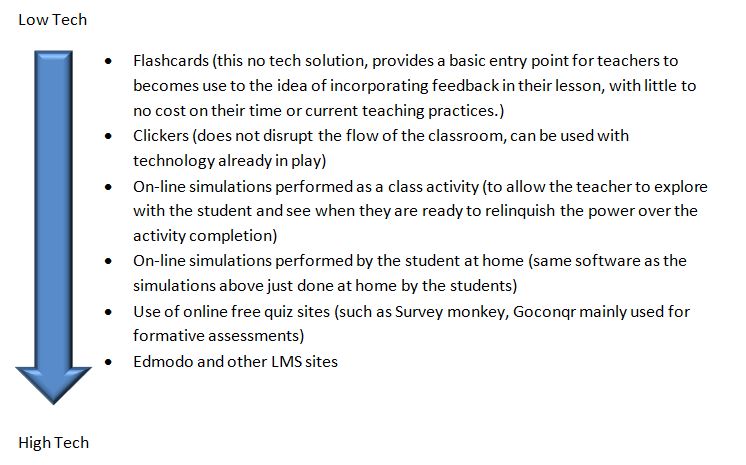I recently came across a statement in John Hattie and Gregory Yate’s Visible Learning and the Science of How We Learn (2014) that resonated with me and shed some light on the perspective of teacher talk and its impact on student learning and assessment strategies. As Hattie and Yates (2014) state, “a great deal of information flows through teachers’ talk. But when a teacher exposes students to high levels of their talk, the students’ basis for knowing what is relevant or not can be undermined.” As teachers, how does a lecturing style of instruction or overuse of teacher talk negatively impact the learning and development of our students? We see it in our classrooms frequently, and we identify areas of concern for students who can’t seem to sit still or can’t seem to listen. But are our expectations reasonable, or even appropriate for the learning of our students? In turn, I’m wondering how this translates into online learning, and whether a reliance on reading texts and materials might have a similar impact on student focus and learning.
According to Hattie and Yates, studies into the characteristics of effective teachers have found that material is best suited to learning when explained in 5 to 7 minute bursts (2014). Mental focus drops off significantly after 10 minutes, and other information overload factors come into play, as students’ ability to listen and focus intensively (or to try and focus) literally runs out through biological exhaustion in accordance with glucose levels available to the brain. As students try and conserve these energies for upcoming tasks and trials in the school day, mind wandering or other inattentive behaviours become adaptive strategies for the conservation of their physical and biological resources for learning (Hattie & Yates 2014). If we are basing online learning around a “new” style of lecturing, whether that be through videos or reading, what effect will this have on student behaviour? Is it reasonable to base assessment strategies around these methods of instructional delivery?
With information processing and mental organization, our minds aim for simplicity, but the input through excessive teacher talk creates an implication of complexity. Creating opportunities for meaningful student discussion, enhanced with authentic student voice, can help support students through building opportunities to promote higher order thinking. By reducing, and refocusing, teacher involvement in these discussions, students can be guided towards deepening their knowledge and understanding while shifting teachers’ roles away from more traditional models, both in the classroom and in online learning environments.
References
Hattie, J. & Yates, G. (2014). Visible Learning and the Science of How We Learn. New York: Taylor & Francis.
